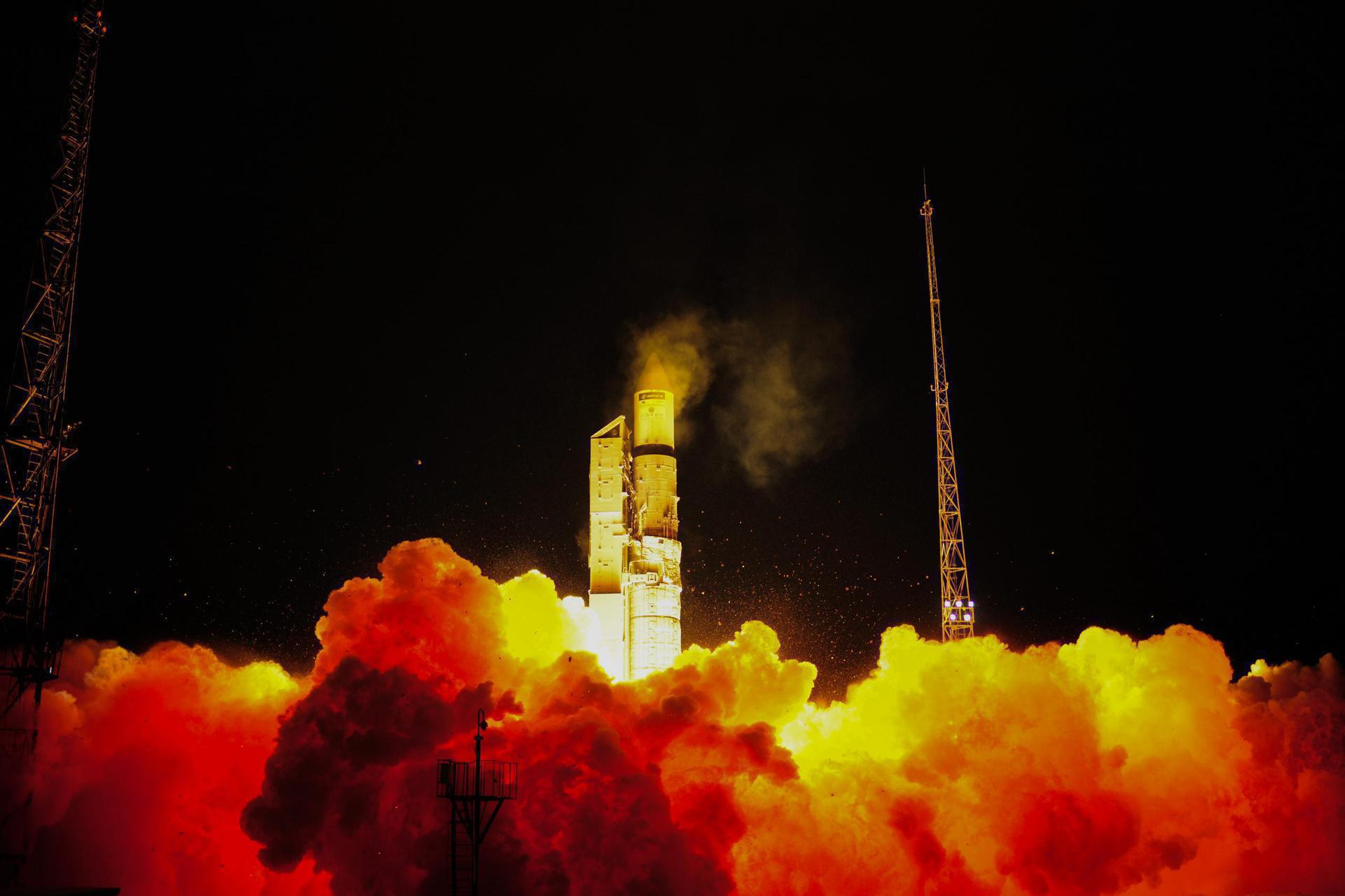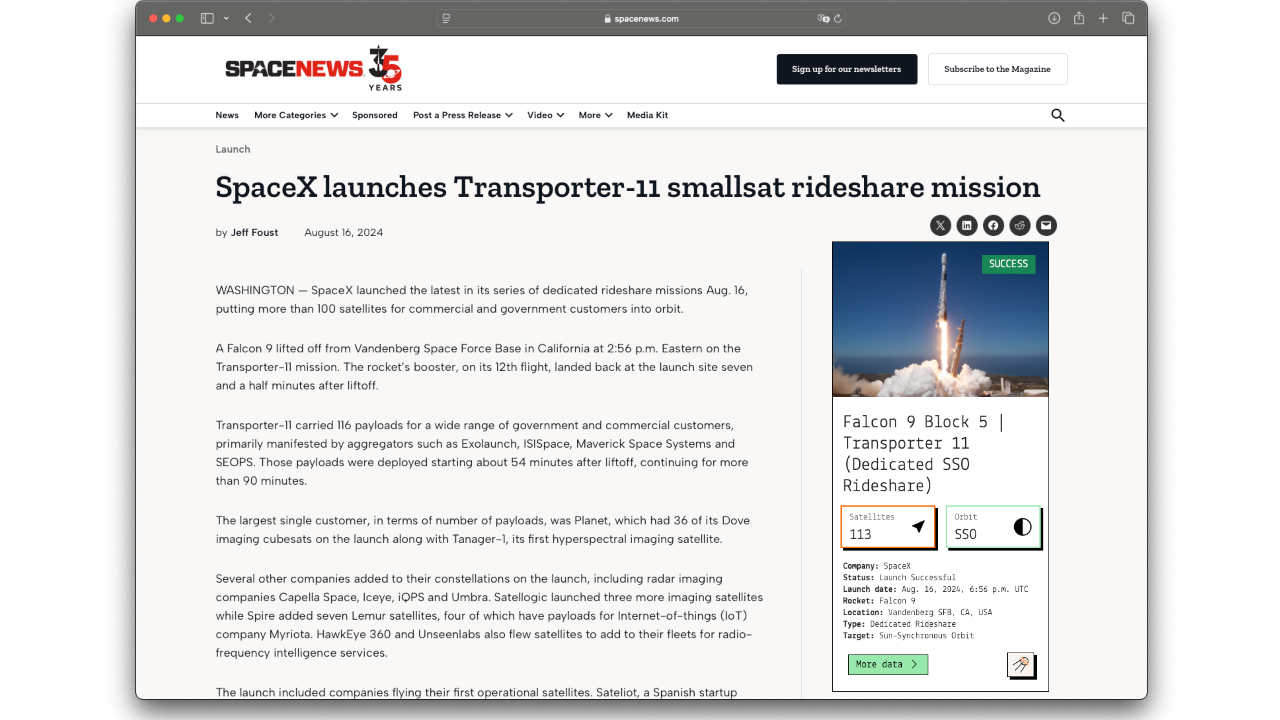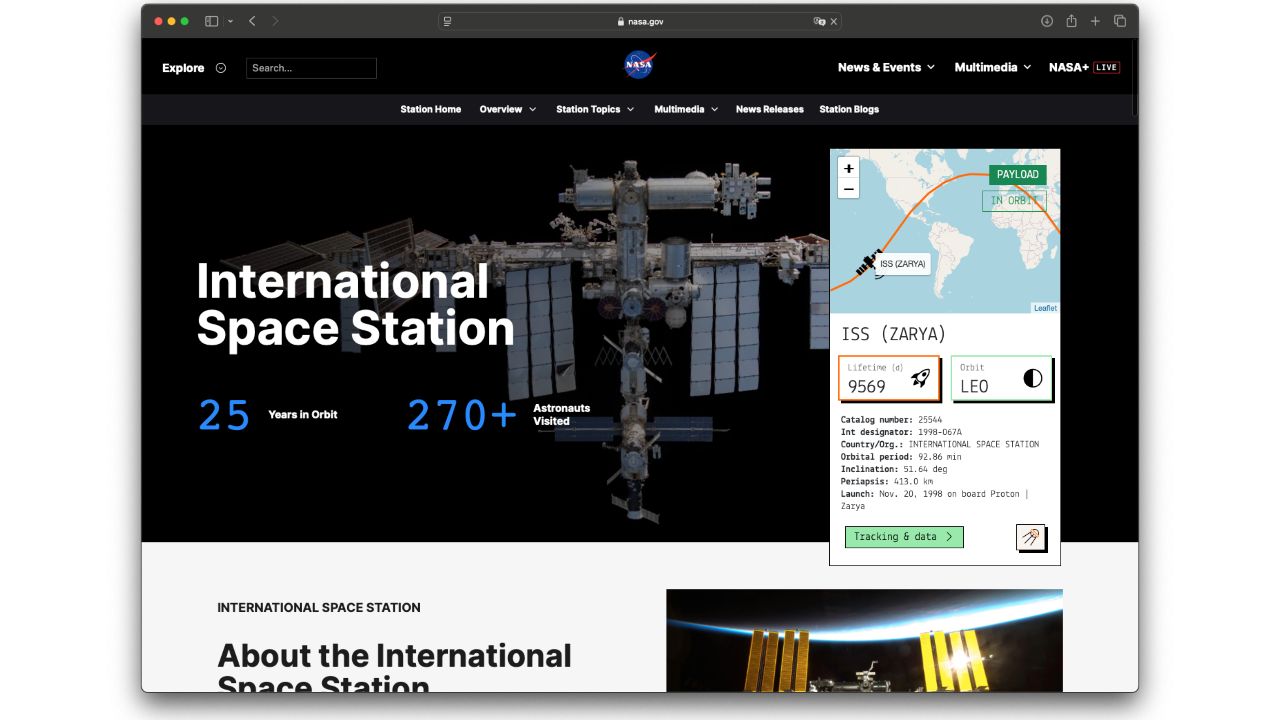Key statistics
Satellite SL-19 DEB at a glance.
Uptime
5886
Days in orbit
Revolutions
≈ 14.6
Per day
Orbit
SSO
Sun Synchronous Orbit
Inclination
98.2
Latest
Satellite identification and parameters
Extended collection of information and parameters for SL-19 DEB.
Object identification
Identified? True
Debris? True
Object name: SL-19 DEB
International designator: 2009-059C
Object number (NORAD): 36038
Object ID (CCSDS): 36038
Country: COMMONWEALTH OF INDEPENDENT STATES (CIS)
Current information (Y/N): Y
RCS size: MEDIUM
Orbital parameters
Period: 98.634 minutes
Inclination: 98.1749 deg
SMA: 7071.48 km
Apoapsis: 700.976 km
Periapsis: 685.713 km
RAAN: 167.184 deg
Eccentricy: 0.00107918
Argument of periapsis: 70.9803 deg
Mean anomaly: 51.4331 deg
Mean motion: 14.5994778 rev/day
Mean motion (dot): 0.00001377 rev/day2
B* drag term: 0.00029674788 1/REarth
Two-line elements (TLE)
Creation date: Dec. 12, 2025, 10:14 a.m.
Reference frame: TEME
Reference center: EARTH
Epoch: Dec. 12, 2025, 2:59 a.m. UTC
TLE line 0: 0 SL-19 DEB
TLE line 1: 1 36038U 09059C 25346.12432777 .00001377 00000-0 29675-3 0 9996
TLE line 2: 2 36038 98.1749 167.1840 0010792 70.9803 51.4331 14.59947780855765
Live tracking on map
Real-time ground track for satellite SL-19 DEB.
Associated space launch
SMOS (Soil Moisture and Ocean Salinity) is a earth observation satellite operated by ESA. It is intented to provide new insights into Earth's water cycle and climate.
SL-19 DEB was lifted into orbit during the mission ‘Rokot / Briz-KM | SMOS’, on board a Rokot/Briz-KM space rocket.
The launch took place on Nov. 2, 2009, 1:50 a.m. from 133/3 (133L).
For more information about the launch, click the button.

Rokot / Briz-KM | SMOS
Agency: N/A
Status: Launch Successful
Launch date: Nov. 2, 2009, 1:50 a.m. UTC
Rocket: Rokot/Briz-KM
Launch pad: 133/3 (133L)
Location: Plesetsk Cosmodrome, Russian Federation
...
Latest news about this satellite

SMOS adds long-term view on carbon stored in forests
Data from ESA’s Soil Moisture and Ocean Salinity (SMOS) mission can be used to estimate how much carbon is stored in forests – and a study has improved our understanding of how reliable this proxy is and how long-term datasets from SMOS can help us to mon...

Newsletter sign-up
Weekly statistics, charts and insights to help you stay on top of the space industry.




